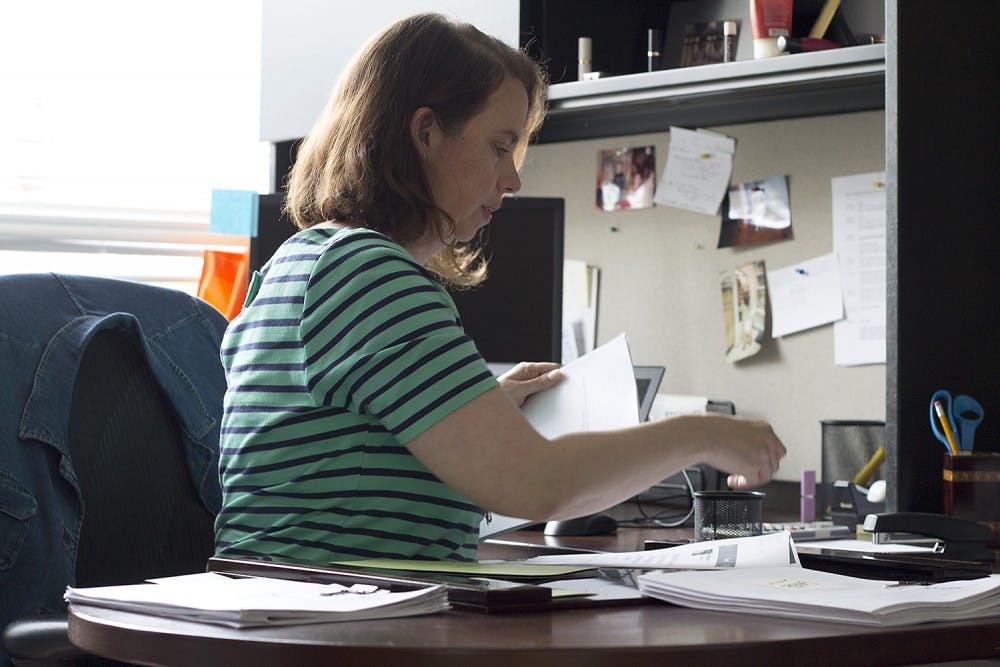“We’re in a world right now in which burying our hands in the sand won’t solve these problems,” she said.
Some professors, such as Laurie Essig, director of gender, sexuality and feminist studies at Middlebury College, believe trigger warnings risk painting over uncomfortable material.
“I insist that there is a difference between an act and its representation,” she said in an opinion piece in The Chronicle of Higher Education. “It demeans and diminishes real trauma to argue that consuming literature, art, history, and social science is an act of violence.”
Warnings are often in place for material dealing with sexual assault, a highly relevant topic among college women.
“I would like to insist that young women can, in fact, deal with the pain of a fully engaged classroom,” Essig said. “I have faith that they are not delicate flowers in need of my protection, but rather strong beings who can learn to deal with their very real pain.”
It’s important to study and talk about upsetting material, she said, because there is educational value in discussing difficult topics versus limiting the way such material is taught.
Deborah Weissman, a UNC law professor, has used trigger warnings since she began teaching. Weissman said such warnings do not limit the material she teaches.
In her experience, students still want to learn about material that is disturbing. She said sometimes students might tell her they do not want to participate in a certain discussion, but they typically do not excuse themselves from learning the material.
“I don’t think most students want to avoid learning about topics that are inherently disturbing,” Weissman said.
Raker said that many times, survivors can handle the material if they prepare themselves.
“A content warning empowers survivors by allowing that person to choose when and where they may be exposed to graphic material, and to develop resiliency to this material over time,” she said.
Weissman also said issuing warnings doesn’t inhibit the education of law students, who will not receive warnings when practicing law.
To get the day's news and headlines in your inbox each morning, sign up for our email newsletters.
“Law school is the real world in terms of, if you’re exposed to the kinds of things that are traumatizing, there are ways that you should deal with learning that,” she said. “It helps you to be a better lawyer so that you don’t do that to anybody else.”
Still, Frumkin said just because students who have experienced something like sexual assault might not receive warnings when they leave school doesn’t mean they shouldn’t be used in schools.
“We know that experience can impact one’s academic performance, which can impact one’s future career and success later on in life, so why not have that safeguard even if it may not be as present in the real world?” she said.
Weissman said students want topics like rape to be taught properly, which she believes includes warnings.
“The answer isn’t to forego teaching about these inherently upsetting topics” she said. “What we would suggest is that professors undertake the most responsible form of teaching that they can.”
state@dailytarheel.com




